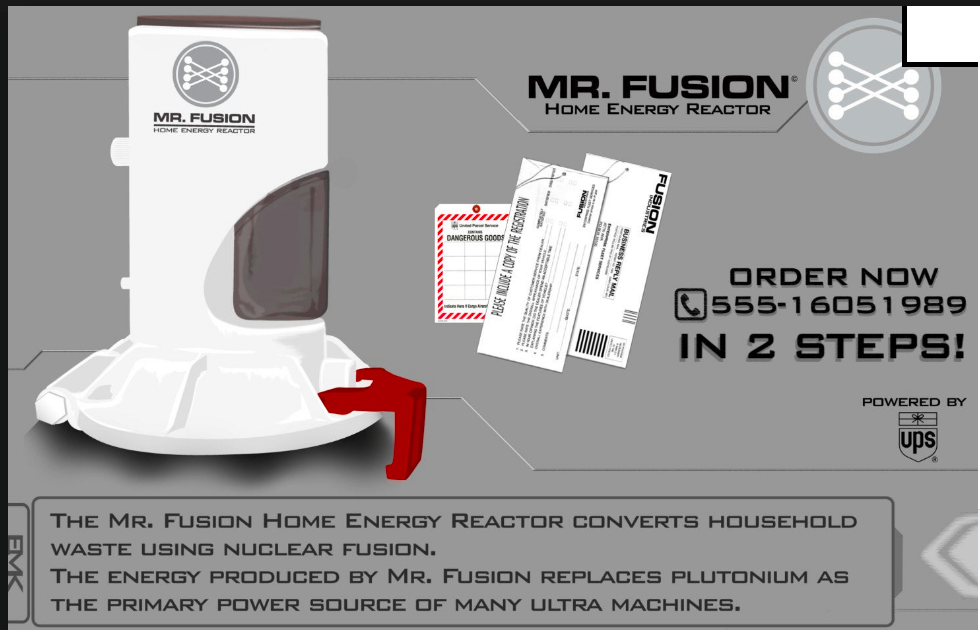No offense but if the 21st century dictates I can only motor at 4 knots for 20 miles then wait a week to recharge on solar then I’m good staying in the 20th century. It’s perfectly fine to motor in and out of the marina or if you are making passages ( although I’m not fully on board with this) but coastal cruising would be difficult unless you have unlimited time. The numbers the OP posted up were really terrible compared to a diesel.
It's fine if diesel doesn't work for you, but please quit making up numbers and ignoring parts of the electric motor system.
What I actually posted: Per the propulsion engineer's estimates 4 knots gets you 22 nm (132,000 ft). You claim 20 miles (105,600 ft) knocking down a conservative calculation by another 20%. I also stated that he admits a large amount of conservatism and based on my initial testing I will get 1.5 to 2.0 times the range he calculates at various boat speeds. Being conservative once again I'll use the lower end of my early estimates which results in a range of 33 nm (or 37.98 miles). Sure that's probably still not enough range for you. Fair enough.
On to charging...1 week to recharge via solar? Maybe in the gloomy state of Washington that is true. Based on observations of my house solar panels and scaling to a ~340 W system (average of the two I'm looking at) it takes just shy of 6 days to generate 14.4KWhr of solar..enough to go from 0% to 100% state of charge (ignoring losses of course). But that also ignores the fact that you are generating charge via while you motor and sail. You would be foolish to drain the batteries to 0% in the first place.
Two other things that you are ignoring on the charge front - regenerative charging which has been discussed in detail by others. I've stayed out of that discussion for the most part because I haven't done any real world testing with the regen capabilities of my system. I'll post results when I have them. The other is a gas or diesel powered generator. You can easily extend your range by getting a Honda portable generator that can be easily removed from the boat when you don't need it or install a full time generator if you have the space. I won't be going either route because getting rid of the stench is part of the reason I went electric.
Yeah, I get it. Electric doesn't work for everyone. Diesel doesn't work for everyone either. Diesel motors need to be run regularly. Reliability quickly drops off if you just use them to get in & out of the marina. They also require significantly more maintenance, smell horrible, etc. The MD7A I removed only had ~950 hrs on it. Super low for a 1981 motor. I spoke with both previous owners and they barely used the motor as well. They both said reliability was hit and miss as a result. Same was true during my usage. Given how and where I sail dropping $22K on a new Volvo would have been a very bad choice. Dropping $22K on a motor that more than meets my usage requirements while remaining super reliable and stench free was a no brainer.

